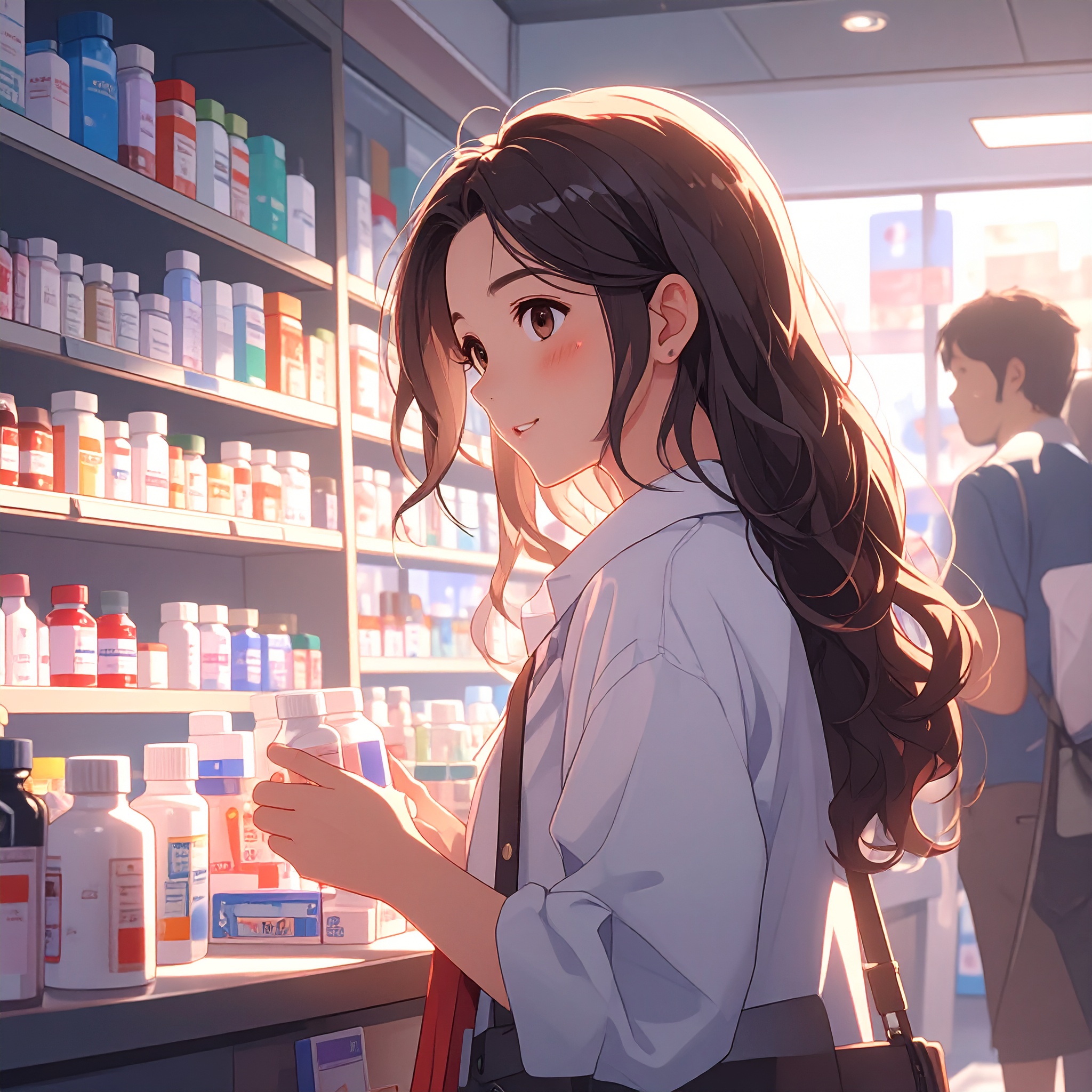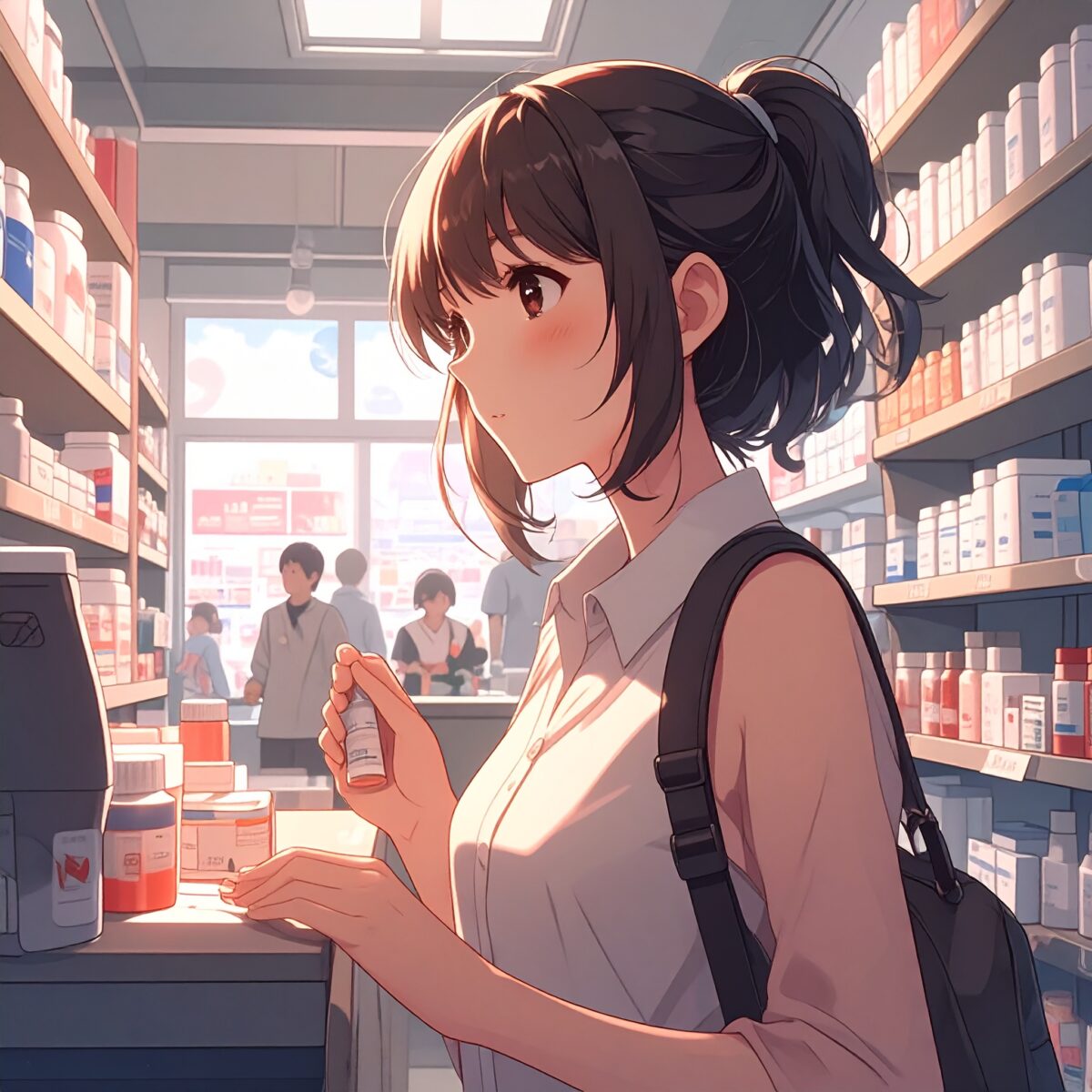No one wants to get sick while traveling, but if the unexpected happens, Japan’s drugstores are a dependable place to turn to. Still, many travelers hesitate to buy medicine simply because they can’t read Japanese. It’s natural to worry: What’s on the shelf? Is it the right remedy? Are the ingredients safe for me? Thankfully, Japanese pharmacies have evolved in ways that make them surprisingly accessible—even to those who don’t speak the language.
Step inside a drugstore and you’ll notice how neatly everything is arranged by purpose: colds, digestion, headaches, menstrual pain, allergies, sleep aids, and topical medications all have their own color-coded sections. Most packaging includes visual cues like icons and illustrations showing symptoms such as sore throat, runny nose, or itchy eyes. Even without reading Japanese, you can often understand the product’s use at a glance.
What’s more, many major drugstores now offer multilingual support. Labels, shelf signs, and instruction panels in English, Chinese, and Korean are increasingly common. Some stores even feature QR codes that lead to multilingual product explanations on your smartphone, offering an added layer of confidence for international visitors.
Buying medicine is simple, too. You can explain your symptoms to the staff—often with just a few gestures or by using a translation app. Some stores even provide “point-and-speak” sheets that include basic phrases like “headache,” “stomachache,” or “can’t sleep.” Just pointing to the right word helps bridge the communication gap with ease.
Instructions for dosage, ingredients, and how to take the medicine are often displayed using pictograms and simple English. For instance, pill packages may show icons with “3 times a day” or “2 tablets per dose,” making it easy to understand at a glance. For travelers, these visual designs offer a sense of comfort and autonomy, even in a foreign country.

The checkout process at Japanese drugstores is just as smooth. In stores that offer tax-free shopping, simply presenting your passport is enough to initiate the process automatically. Occasionally, staff may ask how you plan to use a medicine, but simple English or gestures are often enough to communicate. There’s no need to worry—many stores are well-accustomed to helping international customers and do so with warmth and care.
If you feel unwell while traveling, there’s no reason to give up just because you can’t read Japanese. Today’s Japanese drugstores are equipped to support you across language barriers. In fact, choosing the right medicine for your symptoms can become a meaningful way to engage with everyday Japanese life.
For those feeling uncertain before their trip, it’s a good idea to prepare by saving key phrases in a translation app. Many travelers also save photos of specific products on their phones for easier searching. And if you’re unsure about something in-store, don’t hesitate to ask—just a little courage can lead you to a sense of safety and comfort, even far from home.
You don’t need to understand Japanese to feel cared for. The worries you may have at the start of your journey gradually fade, replaced by the gentle design and thoughtful touches that define Japan’s approach to service. That quiet reassurance—rooted not just in language but in empathy—might just be one of the most memorable parts of experiencing Japanese culture.




